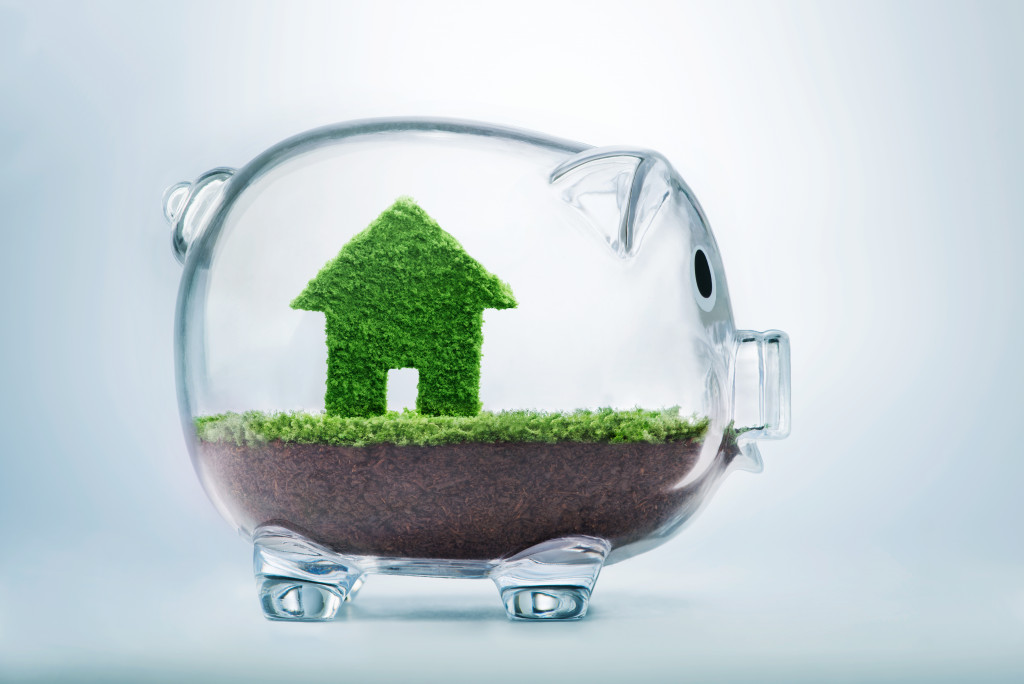Sustainability is no longer just a buzzword. Even the International Energy Agency (IEA) admits that it will be difficult to achieve the global goal of achieving net-zero harmful carbon dioxide emissions by 2050. This underscores the responsibility of every man, woman, and child on the planet to actively pursue sustainable practices day by day.
The IEA report, Net-Zero by 2050: a Roadmap for the Global Energy Sector, includes the participation of households and citizens in this endeavor. It recommends that whenever possible, people must replace car trips with the use of public transportation, cycling, or walking. Electric cars must increase from one percent of stock to 20 percent of stock by 2030 and 86 percent of stock by 2050. Electric vans must increase from zero in 2020 to 22 percent of stock by 2030 and 84 percent of stock by 2050. Cars using internal combustion engines (ICE) must be phased out by 2030, at which time motorway speed limits must be reduced to 100 km/h.
By 2050, there must be a 20 percent increase in the average lifetime of buildings. This includes houses. The use of energy-intensive materials must be reduced by 30 percent.
Households using rooftop solar photovoltaic (PV) systems must increase from 25 million in 2020 to 100 million by 2030 and 240 million by 2050. The number of heat pumps used must increase from 180 million in 2020 to 600 million by 2030 and 1,800 million by 2050. By 2030, average indoor heating temperatures must be controlled between 19 to 20 degrees Centigrade and average indoor cooling temperatures must be maintained between 24 to 25 degrees Centigrade. The global average collection rate for plastics must increase from 17 percent in 2020 to 27 percent by 2030 and 54 percent by 2050.
Household Renewable Energy Systems
People often think they cannot afford to install a renewable energy system like a solar PV system. There is, however, a government program that provides tax credits for such purchases and installations. This, plus the savings incurred from your monthly energy bill, will enable you to soon recoup your investment. After that, the cuts in your bill go straight to your savings.
The tax credits depend on the time of installation and can be claimed retroactively. You would be given 30 percent of the cost of purchase and installation if it was installed by December 31, 2019. The tax credit is 26 percent of the cost of purchase and installation if installed between January 1, 2020 and December 31, 2022. The tax credit is 22 percent of the cost of purchase and installation if installed from January 1, 2023 to December 31, 2023. Take advantage of these credits before they expire.
You can also use these tax credits for installing an Energy Star-rated geothermal heat pump, a residential wind turbine, a residential microturbine and fuel cell system, or a biomass stove.

Improvements in Home Energy Efficiency
There are home replacements that advance the energy efficiency of the household. For instance, you can have the right windows installed. Windows with an Energy Star rate can lower your energy bill by as much as 15 percent. In addition, you get a tax credit of 10 percent of the cost of the windows, excluding installation, up to $200. For Energy Star-rated skylights and doors that also lower your energy bill, you get a tax credit of 10 percent of the cost, excluding installation, up to $500 each.
The tax credit for installing Energy Star-rated insulation is the same as that for doors and skylights. You can use bulk products like rolls, batts, blow-in fibers, expanding spray, rigid boards, and pour-in-place insulation. You can also use air sealing products like weather stripping or caulk if these have a manufacturer’s certification statement. These are installed to seal and insulate the attic, basement, and crawlspaces and to seal areas around doors and windows.
Replacing your roof will also significantly lower its temperature by as much as 100 degrees Fahrenheit and, therefore, lower your energy bill, as well. You also get a tax credit of 10 percent of the cost, excluding installation, up to $500, if you choose an Energy Star-rated and specially coated metal or asphalt roof.
Other types of Energy Star-rated equipment likewise have certain tax credits. You can get $300 each for an air source heat pump, a centralized air conditioning system, an electric heat pump water heater, or a water heater using propane, oil, or gas. You can get $150 each for a hot water boiler using propane, oil, or gas or a furnace or fan using propane, oil, or gas. You can also get $50 for an advanced main circulating fan that uses only up to two percent of the furnace energy.
With these subsidies, you only need to make the commitment and the effort to upgrade relevant parts of your home to sustainable alternatives. You owe it to yourself, your family, and the future.
